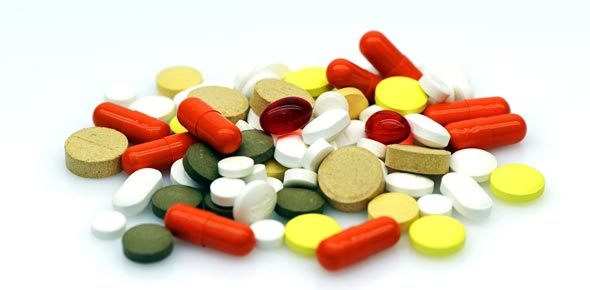The pKa's of local anesthetics range from 7.6-9.1 with one...
Match the following
How do we increase the pH of a local anesthetic in order to increase...
Match the route of metabolism.
Lipid solubility will ______ potency and duration of action.
Various concentrations of local anesthetics will provide various types...
CNS depression associated with CNS toxicity reflects selective...
Increased lipid solubility correlates with increased protein binding,...
Voltage gated Na+ channels are found only in the nerve's _____.
Esters are metabolized almost exclusively in the liver by the...
Higher max doses of local anesthetic are allowed with vasoconstrictor...
Chemically, local anesthetics have three characteristic traits:1. An...
Containing a preservative is an absolute contraindication to...
LA _______ non-depolarizing muscle relaxant blockade.
Match the desired baricity with the correct diluent
The non-ionized form diffuses into the nerve axon while the ionized...
Esters are mostly eliminated via metabolism by:
What is the MOST LIKELY cause of local anesthetic toxicity?
You are performing a nerve block on your patient when they begin...
Which of the following local anesthetics is 95% protein bound and has...
This type of local anesthetics are broken down to para-aminobenzoic...
The addition of epinephrine or, less commonly, phenylephrine causes...
Local anesthetics must bind with at least ______ successive nodes of...
Match the following
____________ is ideally suited for topical anesthesia. It has a...
Cocaine has vasoconstrictive properties because of its ability to...
When considering duration of action, the lipid solubility of a drug is...
Nerve conduction is determined mainly by 2 factors: nerve fiber...
Echthiophate, neostigmine, pyridostigmine, and edrophonium are for...
You perform an epidural blockade and your sensory level is at T7.
________ is the most toxic ester due to it being hydroloyzed more...
The rate of metabolism of amides is agent dependent.
Pregnancy, liver diseases, the 1st 6 months of life, and atypical...
All of the following increase the risk of LA toxicity except?
The Cm (minimum blocking concentration) or motor fibers is about ____...
If a local anesthetic is injected into venous system, less drug gets...
Ropivacaine, lidocaine, and cocaine are vasoconsctrictors
All of the following are symptoms of methemoglobinemia EXCEPT:
Local Anesthetics that have a longer duration of action preferentially...
Which of the following receives the greatest amount of LA from...
Which of the following describes the correct order of nerve fiber...
The addition of epinephrine to bupivacaine, ropivacaine, or etidocaine...
The arrhythmogenic effect of bupivacaine is probably a result of the...
0.5-2mg/kg of _______ terminates seizure activity.
Local anesthetics produce reversible binding at the site of sodium...
The greatest systemic absorption of local anesthetics occurs with...
Metabolites of prilocaine, which accumulate after large doses of drug...
LA produce a differential blockade in which different modes of nerve...
What is the max dose of epinephrine your are able to mix with your...
Which of the following are contraindications to the addition of epi to...
Symptoms of LOCAL local anesthetic toxicity include all of the...
Match the following
_____________ is the most cardiac toxic LA.
}The Cmin for local anesthetics can be defined as the lowest...
Your patient you were performing a regional block on suddenly becomes...
Chloroprocaine and procaine share the same maximum dose which is ___...
Match the suggested maximum doses
In regards to CNS LA toxicity, it has been noted that _____ of the...
You have 0.25% bupivacaine and need to make 30 mL or 0.0625% solution....
Match the following
How many mL's of 1:1000 epinephrine must be added to 40 ml of 0.5%...
Match the following
Match the following sites of injection with their order of rate of...
















